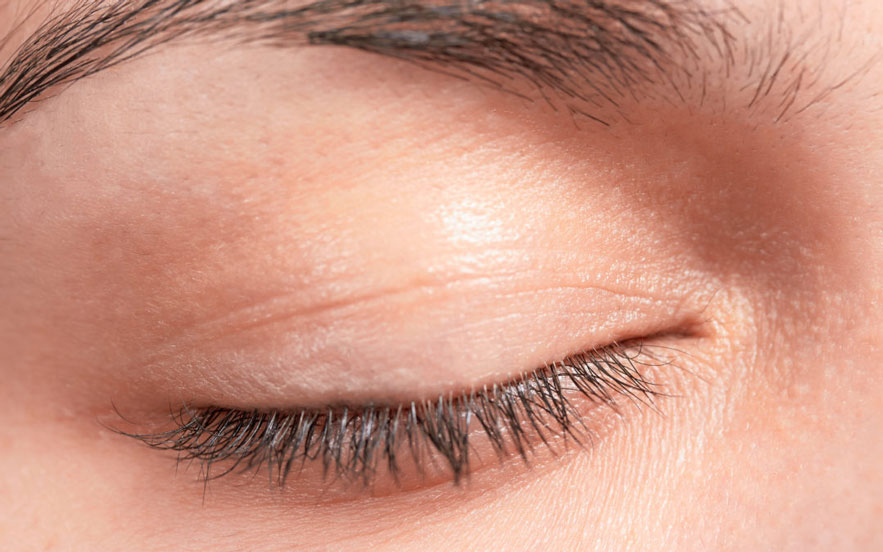Normally, the upper and lower eyelids close together tightly over the eyeball, shielding it from external damage and halting the evaporation of the tears (which keep the eye lubricated). However, ectropion and entropion are two conditions that prevent the eyelids from closing properly. They may be caused by the normal effects of aging or changes to the eye because of an infection, injury, cancer or surgery. Ectropion and entropion typically cause a noticeable deformity and possibly other symptoms — such as redness, watering or the feeling of a foreign body in the eye.
The oculoplastic surgeon team at Eyesthetica helps to treat cases of ectropion and entropion in Los Angeles and the surrounding areas. Here, they explain what you need to know about the two conditions.
Understanding Ectropion
Ectropion occurs when the eyelid turns outward, leaving the inner surface of the eyelid exposed and vulnerable to dirt, dust, other irritants, and foreign matters. It also leaves the cornea exposed and susceptible to drying, abrasions, and ulcers.
Ectropion is common in older adults and is most commonly related to the age-related weakening of the muscles and tissues. Most of the time, ectropion only affects the lower eyelid. Cases can range from mild, where one segment of the eyelid sags outward from the eyeball to severe, where nearly the entire eyelid is turned outward.
Treating Ectropion
To relieve some of the irritating symptoms of ectropion, ophthalmologists recommend artificial tears and lubricating eye drops. The Eyesthetica doctors also perform ectropion eyelid surgery to correct the condition. During the procedure, the lower eyelid is tightened and, if needed, the tear ducts can be opened to improve tearing. In some cases, the mid-face needs to be elevated and (rarely) a skin graft or flap used for reconstruction.
Understanding Entropion
Entropion occurs when the eyelid turns inward, causing the eyelashes and eyelid skin to touch the eyeball. This may occur all the time or only when blinking or squeezing the eyelids shut. Entropion usually leads to irritation and discomfort; it also makes the cornea vulnerable to damage, infection, and loss of vision.
Treating Entropion
There are a few minimally invasive ways to treat entropion, including using skin tape, Botox injections to temporarily turn the eyelid outward. When the condition occurs more than sporadically, the Eyesthetica doctors can correct entropion through special surgery called transconjunctival entropion repair, a procedure developed by Eyesthetica’s Dr. Dresner. During the procedure, which is performed through the inside of the eyelid, the eyelid is tightened, the lower eyelid retractors are re-inserted and a small strip of orbicularis muscle is excised.
Contact Eyesthetica Today
If you have been diagnosed with ectropion or entropion and would like to learn more about your surgical treatment options, please call Eyesthetica at (213) 451-6824 and request a consultation with our doctors.


